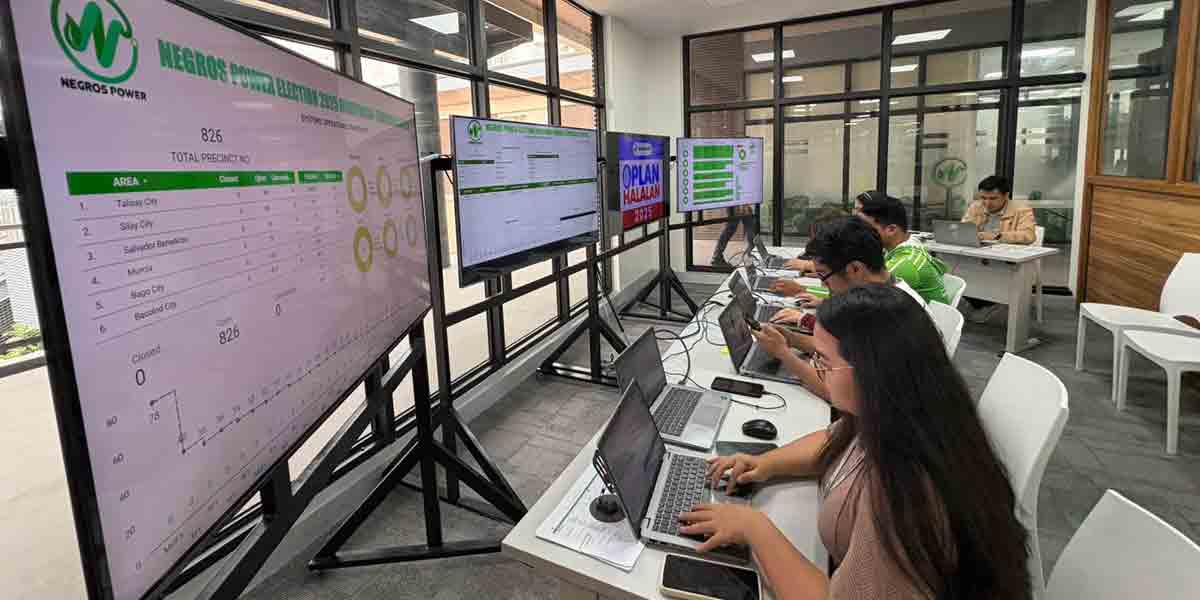By Yossef Ben-Meir
The United Nations Sustainable Development Goals (SDGs) are aspirationally universal, addressing globally relevant issues with earnest objectives. Despite the profound good that they represent, fundamental problems exist with the Goals. They lack prescriptiveness, even to the extent of not explicitly aligning with what we know is indelible to sustainability: local people’s participation.
Relatedly, the process of how the 17 SDGs were conceived was not based upon the totality of needs expressed by local communities worldwide. As a result, the people whose lives the Goals are meant to improve remain largely unaware of them while, at the same time, they need to feel vested in order to utilize the 17 as helpful guides for action.
Part of the Goals’ character is their global applicability in a vast diversity of contexts, including that of a pandemic. Given our endless cultural variation, it is difficult to prescribe an approach that can be appropriate and effective in all situations. However, without some instruction for means of accomplishment, the Goals might seem detached visions rather than actionable objectives.
To advance implementation, nations need to identify approaches that transcend localities and individual Goals. While they are global and universal, the Goals are to be carried out at the community level. Therefore, decentralizing decision-making and management to the beneficiaries promotes the primary cross-cultural factor that leads to sustainable development—being people’s participation.
The Goals should be adapted to the conditions of localities involving locally-led research and data gathering that allow for variation in culture, politics, environments, etc. Such ethnographic methodologies and participatory research help illuminate local conditions from the people’s own perspectives. Through this group analytic process, community members are in an improved position to identify viable projects that extend directly from their self-described needs.
The Goals’ universality is generally positive: people can see themselves reflected in the Goals because they touch all aspects of life and reflect commonly-held ideals. However, that does not then completely equate to people’s willingness to accept the Goals as motivational or as an actionable framework. The inspiration for their investment in implementing the Goals is tied to the degree to which they participated in the Goals’ design and development.
In short, the breadth of the Goals is commonly adopted to a degree because some people can see their own principles reflected in them. For others, however, the means of conception matter; a lack of emotional connection to the Goals can hinder their use as an applied benchmark. The Goals are most deeply absorbed when local participation delivers its conception, or even now reconception, if it may be helpful for the sake of wider global public incorporation.
Another guide that the UN may promote that will assist nations’ fulfillment of the SDGs is the encouragement of multiple Goals being realized by single development initiatives. We find the following example in Morocco, but it is also indicative of socioeconomic and environmental conditions of life around the world.
In many societies and cultures, fruit tree agriculture is traditionally within the male’s domain of production. Unfortunately, evaluations have shown that when agricultural projects are implemented without the full integration of women, the revenue and benefits generated typically stay within men’s control, and the indirect benefits such as the promotion of women’s literacy and their growth opportunities remain unfulfilled. Therefore, the integration of women from the outset including building their capacities—such as confidence, self-belief, and their own agricultural ideas for change—results not only in greater gender equality (SDG 5), but also enhanced food security (SDG 2), adaptable water and environmental management systems (SDG 6), education (SDG 4), decent work and economic growth (SDG 8), responsible consumption and production (SDG 12), and reducing poverty (SDG 1).
In fact, sustainable development is significantly a function of the extent to which multiple needs and interests are met, proportionately encouraging the initiatives to endure and benefit the people. The UN should therefore regularly endorse multifaceted development to accomplish wide-ranging outcomes by any one local community or regional project, and in so doing fulfill not only the Goals but also the very basis for success.
Just as the 17 SDGs are fully relevant across societies and nations on Earth, so too are guiding principles for their implementation. People’s participation in development should be emphasized whenever the fulfillment of SDGs is espoused. The populace of the world decides the path of growth, and therefore decentralization is necessary for most all places, in some form and degree. Finally, if partnerships to meet community needs enhance success, more beneficial outcomes emerge and more groups will remain steadfast to see them continue. The SDGs and their emblem or preamble ought to say as much. In doing so, they will not just be an embodiment of where we collectively need to go, but also how all of us may consider how to get there, thus being fully indicative of or commensurate with the SDGs themselves. The where and what are not enough, and unto their own, are not as energizing as they can be without the how that is defined in a manner relevant to each collective of people.
Dr. Yossef Ben-Meir is president of the High Atlas Foundation in Morocco.




















